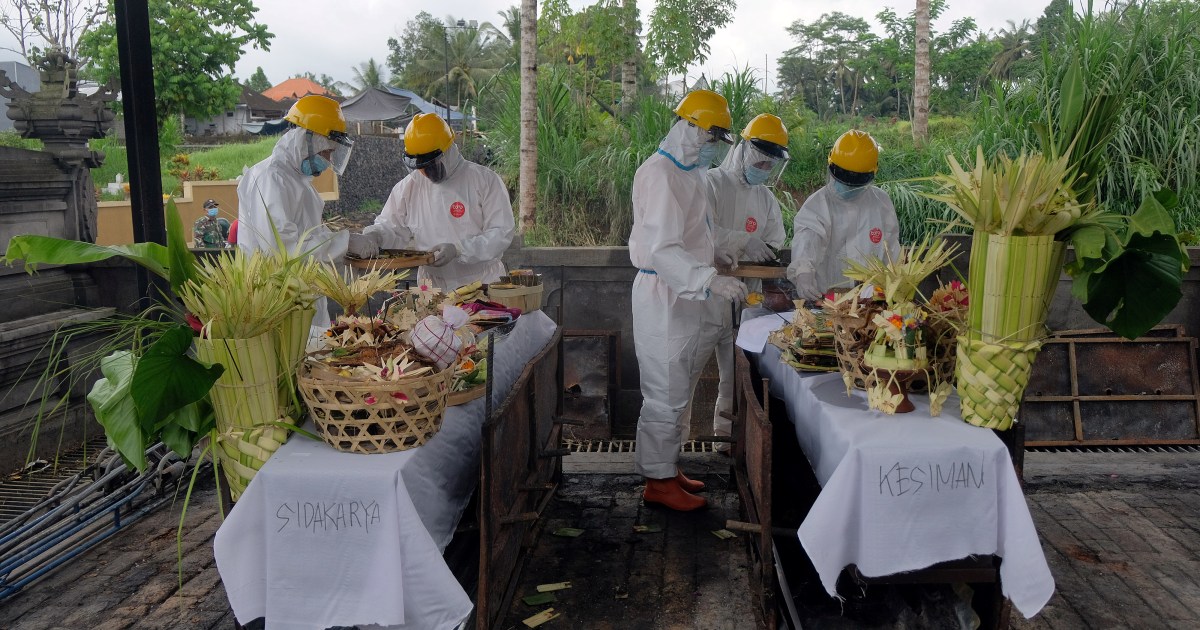Bali struggles with ‘COVID-poor’ as Indonesian cases hit record | Indonesia
Bali, Indonesia – Chronic malnutrition that has long afflicted isolated communities in the remote eastern cape of Bali has ballooned as a result of the COVID-19 pandemic, and with a new wave of “COVID-poor” emerging in urban areas, NGOs have said thousands of people on the island are going hungry.
With about 60 percent of Bali’s gross domestic product attributed to tourism before the coronavirus struck, the island’s economy has been the hardest hit in Indonesia by the pandemic – the central bank reported negative growth of just less than 11 percent for the province in September.
The unemployment rate rose to 5.6 percent in August – with 105,000 jobs lost – according to the Central Statistics Agency, but with about six in 10 Indonesians working in the informal sector, according to the International Labor Organization, the actual number of people out of work is much higher.
“We see a lot of people who are hungry and haven’t eaten for a few days with no funds to buy food – thousands,” said Sarah Chapman of Yayasan Solemen Indonesia, a charity that works across Bali helping to feed elderly, people with disabilities and families of those with disabilities who were previously supported by relatives working in tourism.
Added her colleague Robert Epstein, “Chronic and acute malnutrition leading to many other issues has been a problem all along. We were caring for 2,400 people before the pandemic. But it has become so very much worse clearly visible all around Bali.”
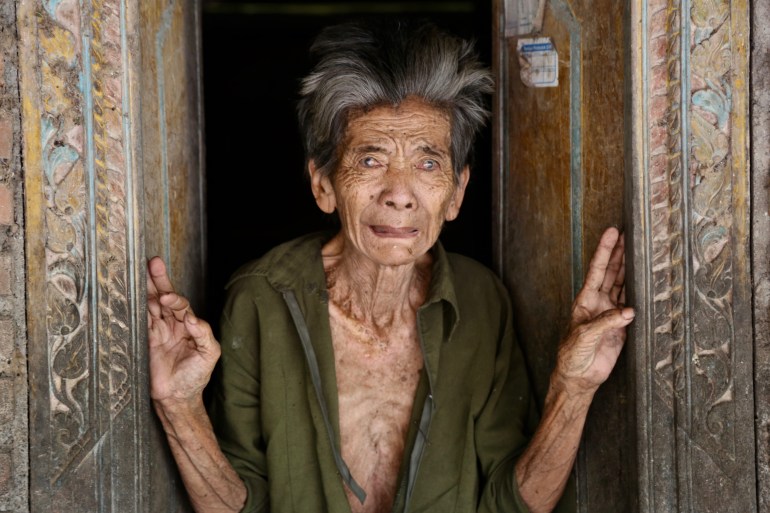 Malnutrition and hunger have long been a problem in Bali’s less developed eastern districts [Al Jazeera]
Malnutrition and hunger have long been a problem in Bali’s less developed eastern districts [Al Jazeera]Karangasem, in the island’s east, is the poorest regency, an administrative area, in all of Bali. Its northern half suffers from perennial drought and the area has never been part of the tourist boom that drew millions of tourists to the south of the island.
Many villages have no roads, no electricity, no phone or internet reception. Villagers get by on whatever crops they can grow on the parched dirt, and money sent by family members who moved to urban areas for tourism jobs and handouts.
DJ Denton, project manager for Scholars of Sustenance Foundation Bali, a charity that has been distributing food to struggling villages in Karangasem since May 2019, said hunger was already a significant problem in the east before the pandemic.
“We were already dealing with overwhelming numbers of malnutrition in the isolated regions of the east: villages of 15,000 where one in three people were malnourished to the point that it had created physical deformities,” said Denton.
‘COVID-poor’
But the pandemic means hunger in Bali is no longer confined to the east.
Denton said the coronavirus has created a new class of people in need of food assistance in Bali.
“We’re dealing with a complex new problem of ‘new poor’ or ‘COVID-poor’ – middle-class people who previously had minimum wage jobs who may look OK because they have new shoes or a motorbike, but they’re not OK,” he said.
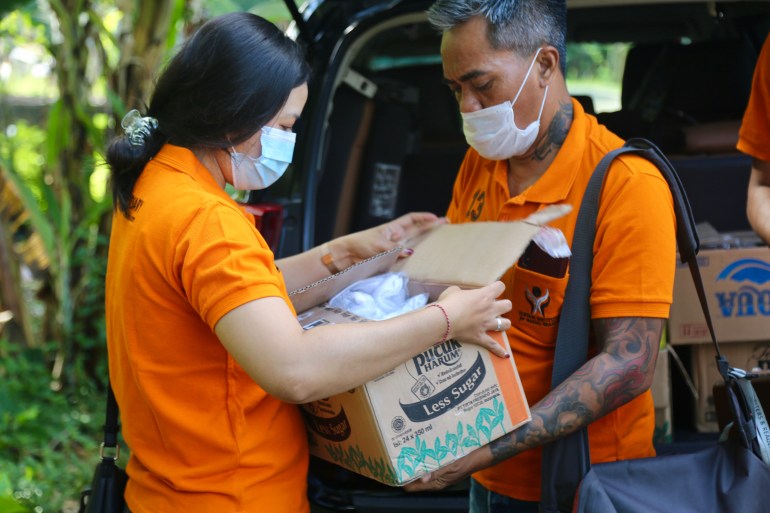 An NGO team delivers supplies to families in need in Bali [Al Jazeera]
An NGO team delivers supplies to families in need in Bali [Al Jazeera]“We’re trying to assess their needs by sending volunteers into urban slums and community housing projects. In extreme circumstances, they’re finding people who have gone without food for two days. The new poor are not equipped with skills to deal with poverty like the old poor in the east who’ve been dealing with malnutrition for years. Some had reached out for food assistance and not received it, and then they start thinking they’re not worthy, that somehow they deserve this. It’s creating a dangerous mental health situation.”
A spokesperson for Bali’s Provincial Government denied suggestions of growing hunger, saying Bali’s closely-knit communities in rural areas ensured everyone was looked after.
According to the Legatum Prosperity Index 2019, Indonesia has the highest levels of civic and social participation in the world.
In Bali, many food kitchens and distribution centres were set up by restaurants and charities at the start of the pandemic, while village authorities known as “banjar” busied themselves distributing food parcels door-to-door in their communities.
But as the pandemic has worn on and aid fatigue has set in, food kitchens have become much less visible across the island. And many Balinese have historically been excluded from community-based welfare service because of geographical isolation or physical and mental illnesses.
On a visit to east Bali this week, Al Jazeera saw more than a dozen severely undernourished people, including an elderly couple in Manggis District in the southeast with protruding ribs and ailments ranging from blindness to muscle atrophy. In the village of Amed on the northeast coast, a family at an isolated homestead told Al Jazeera they had not eaten anything but rice with salt for weeks.
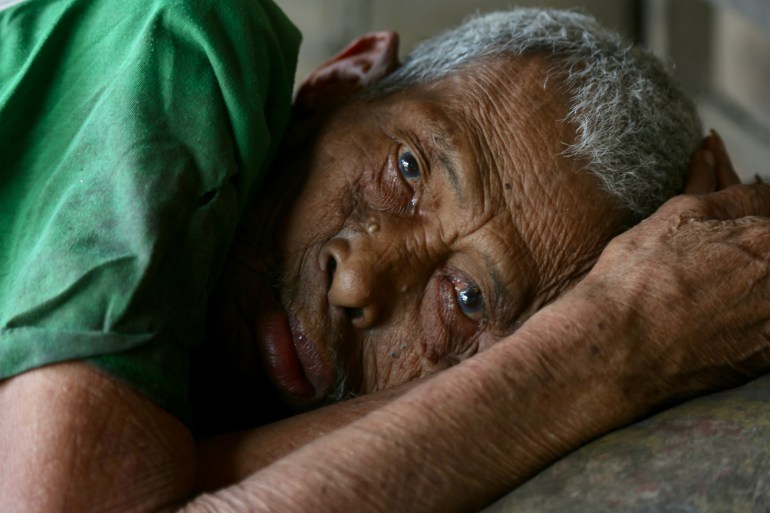 Malnutrition is exacerbating other chronic illnesses in east Bali including muscle atrophy, mental health disorders and blindness [Al Jazeera]
Malnutrition is exacerbating other chronic illnesses in east Bali including muscle atrophy, mental health disorders and blindness [Al Jazeera]Since 2017, the charity has had 50 of these so-called “cases” on its books: paraplegics, diabetics, and elderly people without families. This year, five have died.
“Their deaths were probably exacerbated by a lack of food,” said spokesperson Michele Yoga.
“Are people starving in Bali? If you call someone who is all skin and bones starving, then yes, we see these people all the time. But it is much, much worse now because anyone dependent on someone with a job in tourism, suddenly, they find themselves with nothing.”
Tourism crucial
Many unemployed tourism workers in Bali have turned to the agricultural sector to feed themselves during the pandemic. But with wages as low as $4 a day and some labourers accepting payment of only one bucket of unhulled rice for a day’s work, the money being earned is not enough to make ends meet.
On the satellite island of Nusa Lembongan, where furloughed hospitality workers have returned to seaweed farming, farmers are earning between only $35 and $50 a month. “There are no other jobs here now. Without it, I might not have money to eat,” Kasumba, a former hotel purchase officer, told Al Jazeera. “I am hoping to go back to my old job as soon as I can.”
But with COVID-19 still raging in Indonesia and a daily record of 8,369 new cases recorded on December 3, it is unlikely tourism in Bali will bounce back anytime soon.
Talk of travel corridors to Asian nations like Singapore and South Korea have come to nothing, while Australia, the biggest source of foreign tourists in Bali, has banned leisure travel overseas.
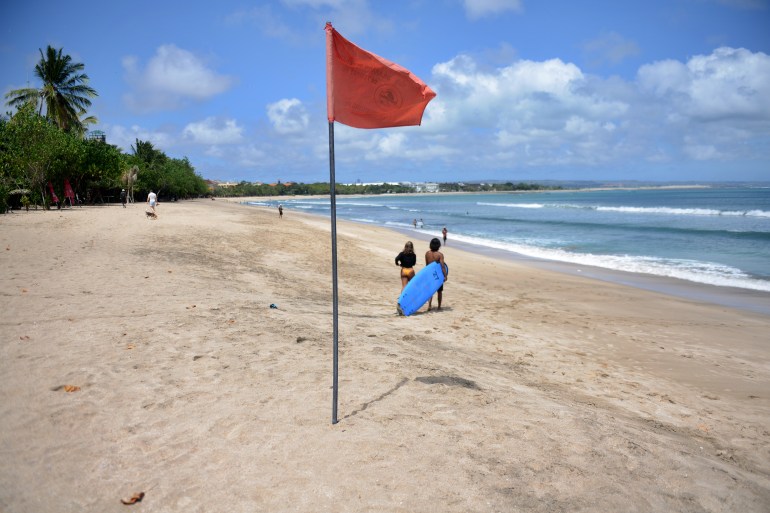 The tourists who used to throng Bali’s beaches have long since disappeared and those who used to work in the industry are struggling [File: Sonny Tumbelaka/AFP]
The tourists who used to throng Bali’s beaches have long since disappeared and those who used to work in the industry are struggling [File: Sonny Tumbelaka/AFP]“The longer we don’t have tourists, the worse the situation will get,” said Ketut, an unemployed masseuse in the tourist district of Seminyak who like many Indonesians goes by only one name.
Developments in Bali reflect the wider global crisis that has plunged millions into poverty and left aid organisations overwhelmed.
On Tuesday, the UN’s emergency relief chief Mark Lowcock announced a record 235 million people will need assistance next year – a near 40 percent increase compared with 2020. Describing the humanitarian problems caused by the pandemic as “the bleakest and darkest” hour in the UN’s history, Lowcock appealed for wealthier nations to give an additional $35bn in aid funding to “stave off famine, fight poverty and keep children vaccinated and in school.”

